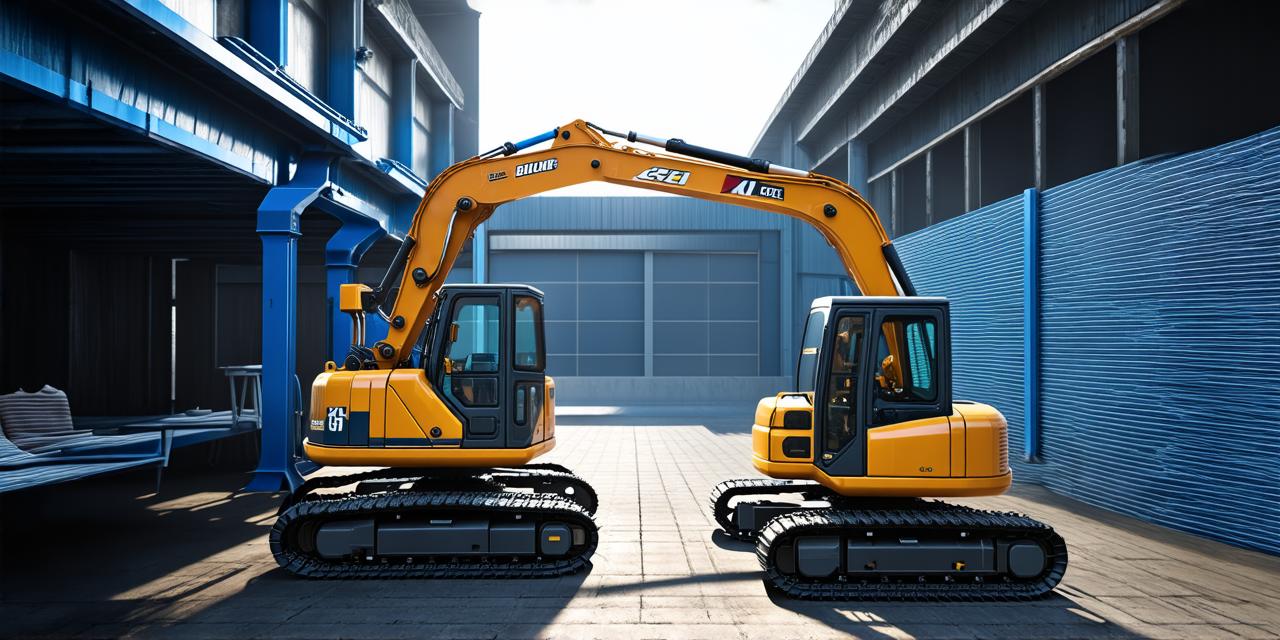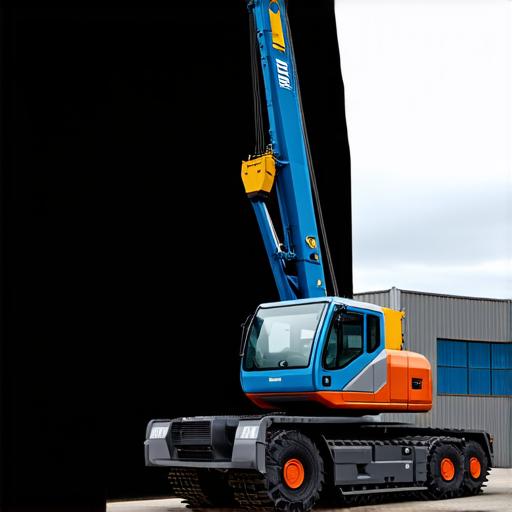
How can the construction industry utilize virtual reality?
The construction industry is known for its slow adoption of new technologies. However, with the advent of virtual reality (VR) and augmented reality (AR), this trend may soon change.
One of the key benefits of using VR in construction is that it allows for more accurate planning and visualization of projects. By creating a virtual environment where designers can explore different design options and see how they look in real-time, errors can be caught early on, saving time and money in the long run.
For example, a company called Balfour Beatty used VR to design a new bridge in Ireland. The team was able to create a virtual model of the bridge, allowing them to test different materials and construction techniques before building the actual structure.
Another benefit of using VR in construction is that it can enhance safety by providing a more realistic training experience for workers. By simulating hazardous situations such as falls or electrical hazards, workers can be better prepared to handle these risks on site.
For example, a company called Skanska used VR to train its scaffolders in Sweden. The team was able to create a virtual environment that mimicked real-world construction sites, allowing them to practice their skills in a safe and controlled environment.

In addition to enhancing efficiency and safety, VR can also help to reduce waste by providing better visualization of building materials. By creating a virtual model of a project, designers can see exactly how much material will be needed, reducing the amount of excess inventory that needs to be ordered and stored on site.
For example, a company called Bechtel used VR to design a new nuclear power plant in Finland. The team was able to create a virtual model of the plant, allowing them to visualize the flow of materials and identify areas where waste could be reduced.
While the benefits of using VR in construction are clear, there are also some challenges that need to be addressed. One of the main challenges is the cost of the technology. While the cost of VR hardware has decreased over the years, the software and training required to use it effectively can still be expensive.
Another challenge is the lack of standardization in the industry. There are currently no widely accepted standards for using VR in construction, which can make it difficult for companies to find vendors that provide compatible solutions.
Despite these challenges, there are many examples of successful VR projects in the construction industry. For example, a company called AECOM used VR to design a new hospital in London. The team was able to create a virtual model of the hospital, allowing them to visualize how patients would move through the building and identify areas where flow could be improved.
Another example is a company called Skanska that used VR to design a new shopping center in Barcelona. The team was able to create a virtual model of the center, allowing them to test different layouts and design options before building the actual structure.
In conclusion, virtual reality has the potential to revolutionize the construction industry by providing a more immersive and interactive experience for architects, engineers, and builders. While there are challenges that need to be addressed, such as cost and lack of standardization, the benefits of using VR in construction are clear. By reducing errors, enhancing safety, and reducing waste, VR can help companies to save time and money while improving the overall quality of their projects. As the technology continues to evolve, we can expect to see even more innovative uses of VR in the construction industry in the years come.


